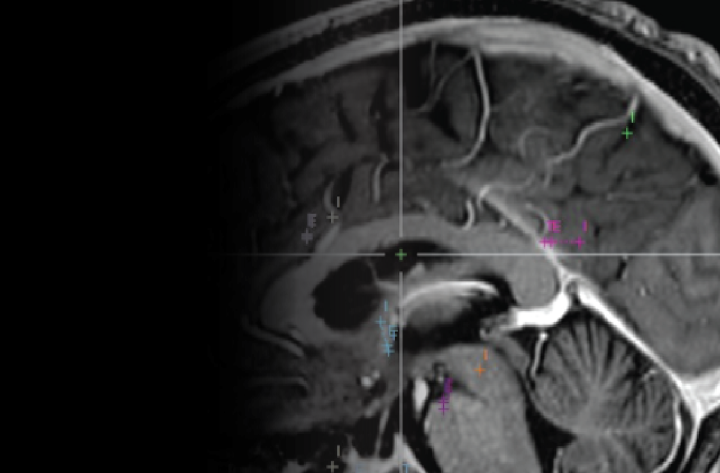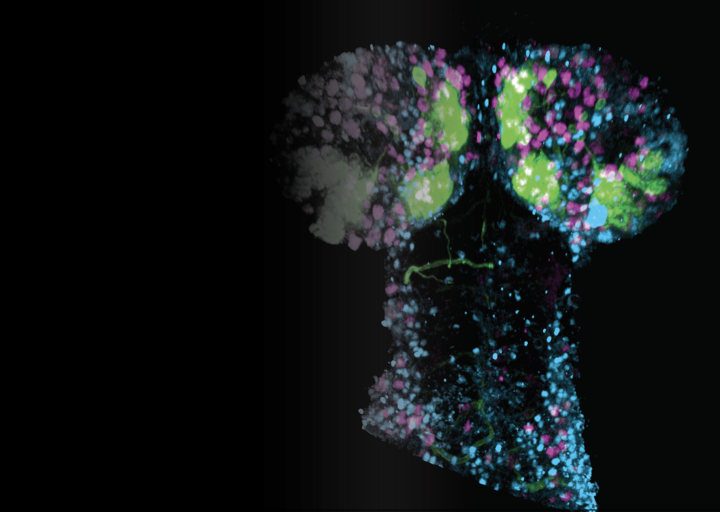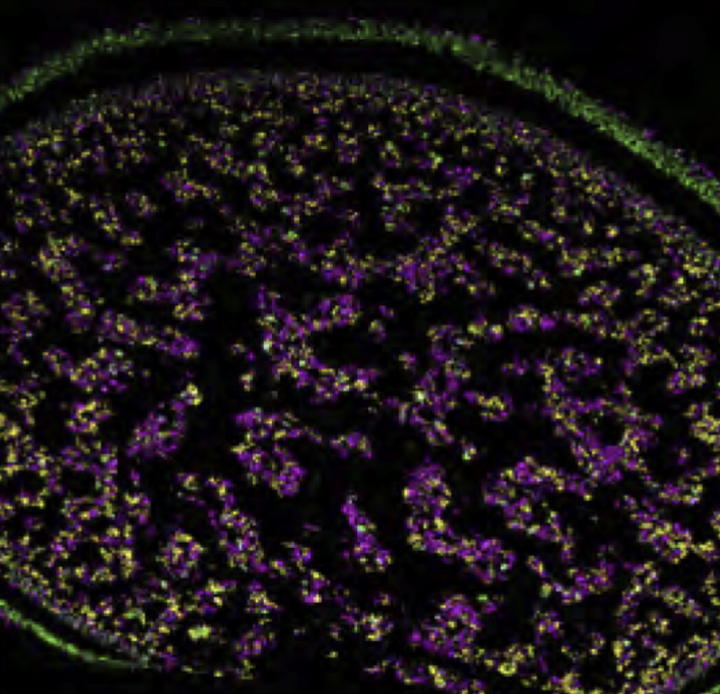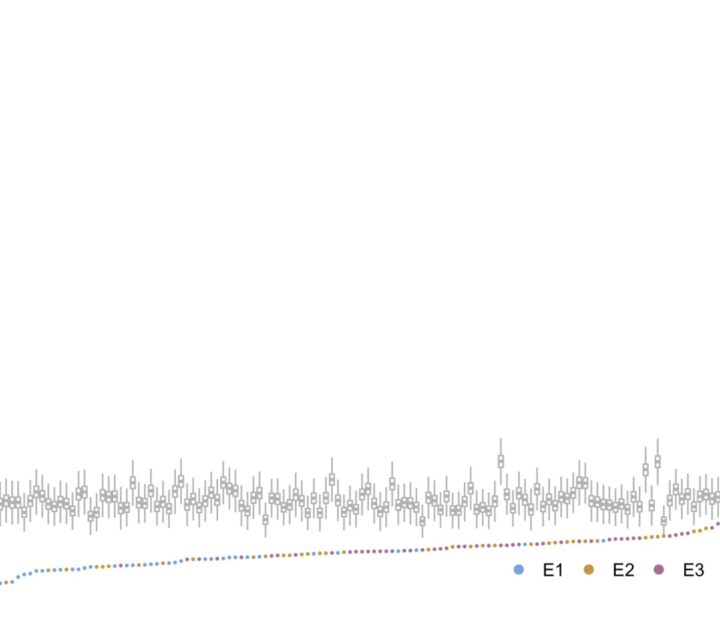Interdepartmental Neuroscience Graduate Program
Program Overview
The Interdepartmental Neuroscience Graduate Program (INGP), administered through the Institute of Neuroscience offers robust graduate training in Neuroscience across departments at the University of Oregon. The goal of INGP is to train students to think independently, creatively, and critically about problems in neuroscience. We aim to train students in a variety of skills that will prepare students for successful research, teaching, policy, or industry career. Students can enter INGP through the departments of biology, human physiology, psychology, mathematics, physics, computer and information science, and the Knight Campus, depending on their interests. The majority of our students enter through the department of biology, which allows students to complete three rotations during their first year, in order to help students identify a laboratory in which to do their dissertation research. Students who enter through psychology, physiology, and mathematics begin in their dissertation labs immediately. Regardless of how students enter INGP, they are provided with a set of mentors at the peer and faculty levels. All graduate students are required to teach for at least one academic year during their graduate career; at least a portion of this teaching takes place the first year.
Learn more about how to apply to the program through the departments below.
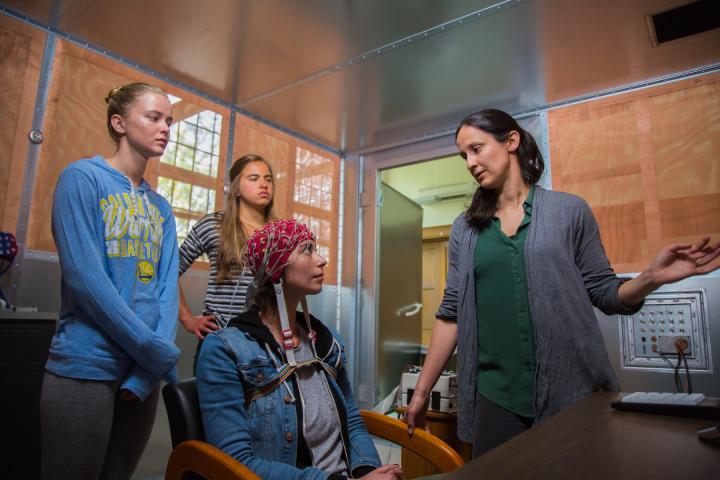
Students typically fall into a defined training program, however, training can be tailored to fit a student’s need and research interest. We offer two training tracks:
Cellular, Developmental and Molecular
- Courses: Molecular genetics, advanced biochemistry, developmental neurobiology, developmental genetics, cellular neuroscience, systems neuroscience.
- Journal clubs: developmental and cell biology, developmental neurobiology.
- Meetings: developmental interest group, zebrafish groupie.
Systems, Cognitive and Theoretical
- Courses: cellular neuroscience, systems neuroscience, cognitive neuroscience, computational neuroscience, combinatorics, stochastic processes, neural networks.
- Journal clubs: systems neuroscience, theoretical neuroscience.
- Meetings: neural circuits and behavior, zebrafish groupie, joint theory lab meetings.
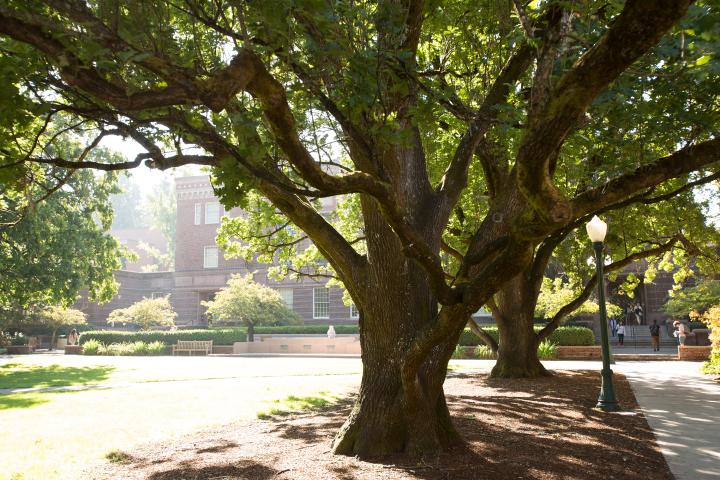
Stipend levels are adjusted annually to be competitive with those offered by other major research institutions. Sources of support include graduate research fellowships, graduate teaching fellowships, and NIH-funded training grants (T32). Several training grants are available to provide support for students, to fund student travel, to bring in outside speakers, and to enhance the overall training program. All students admitted to the graduate program that are eligible for NIH NRSA support are encouraged to apply for funding through an appropriate training grant and/or independent fellowship.
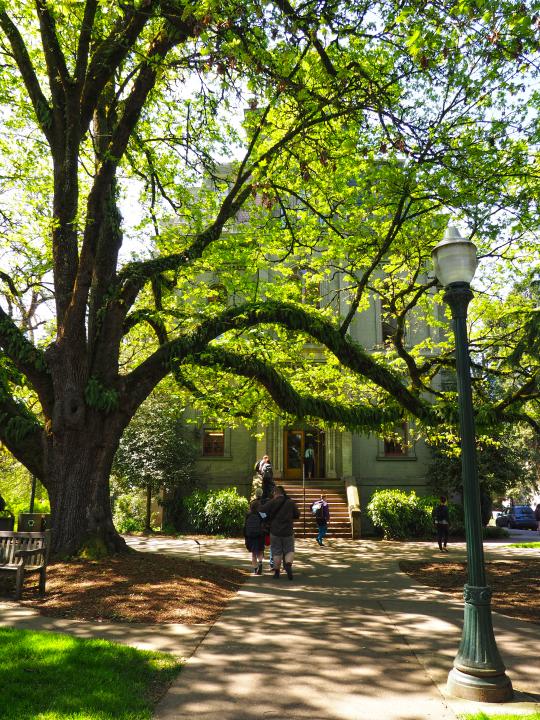
Research institutions that are diverse in gender, gender identity, race, sexual orientation, ethnicity, age, and perspective foster greater creativity and promote synergistic, collaborative innovation and interactions. As an institute, we're passionate about creating an inclusive environment that promotes and values diversity. There are a variety of active student groups that serve to support trainees throughout their graduate careers including:
Gender Inclusion in Neuroscience: a group focused on gender issues in neuroscience and developing ways to reduce bias to promote a more inclusive scientific community for all.
UO Women in Graduate Sciences: an organization that strives for gender equality by focusing on the professional development of women in all disciplines of science to enable them to become successful contributors to their fields.
Community for Minorities in STEM (CMiS): an organization established to promote the participation and success of minorities in the broadly defined field of STEM.
UO LGBT+ in STEM: a group that aims to create a community for LGBT+ people in the science, technology, engineering, and mathematics (STEM) fields, while providing education around LGBT+ issues for all people in the STEM fields.
Graduate students are part of the Graduate Teaching Fellows Federation (GTFF), a union that advocates for graduate students on campus. They have negotiated with the University so that fellows receive a competitive stipend and benefits package. This includes full medical, dental, prescription, and vision coverage. There is also childcare on campus for students with children.

INGP has members from departments across campus.
Learn more about how to apply to the program through the departments below.

